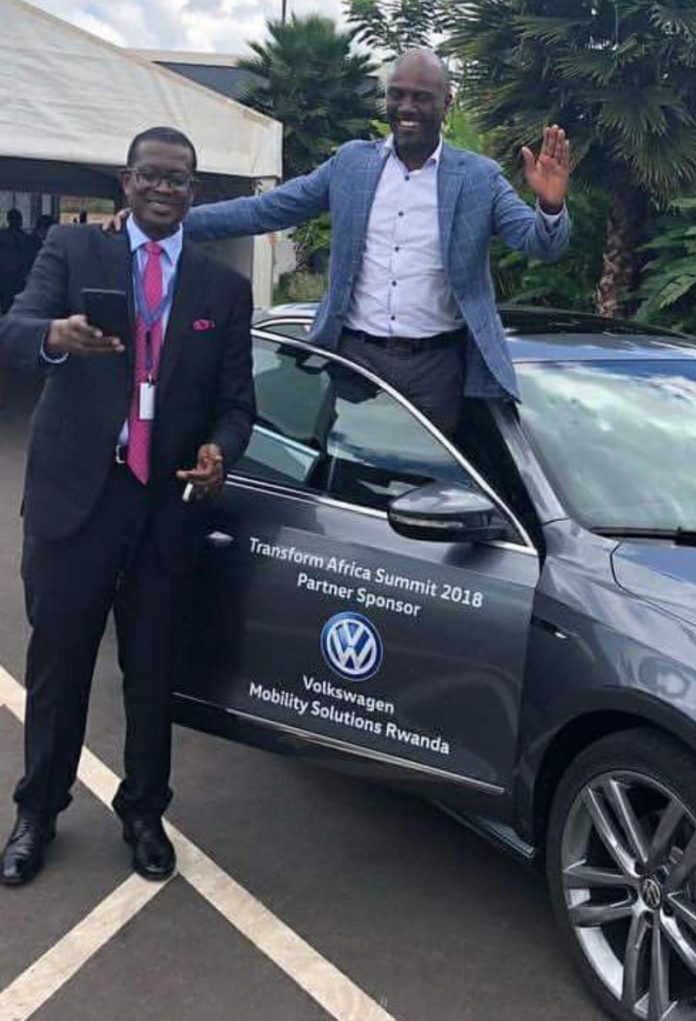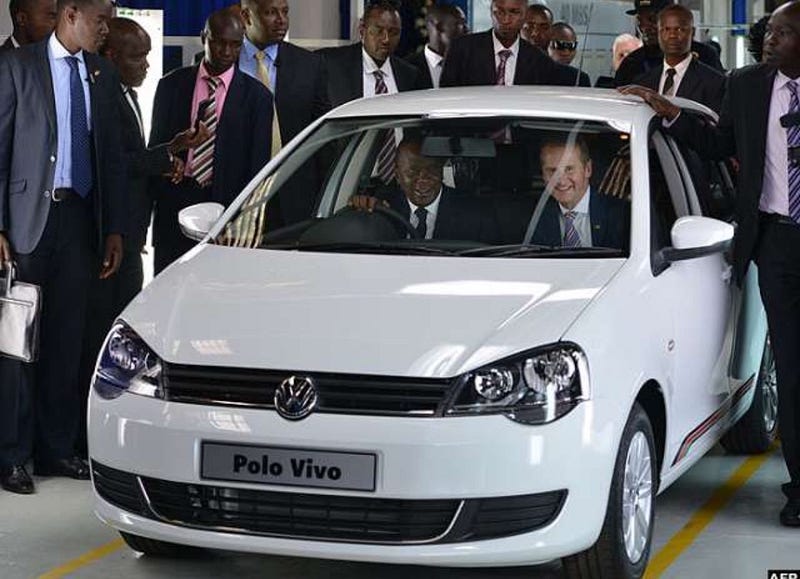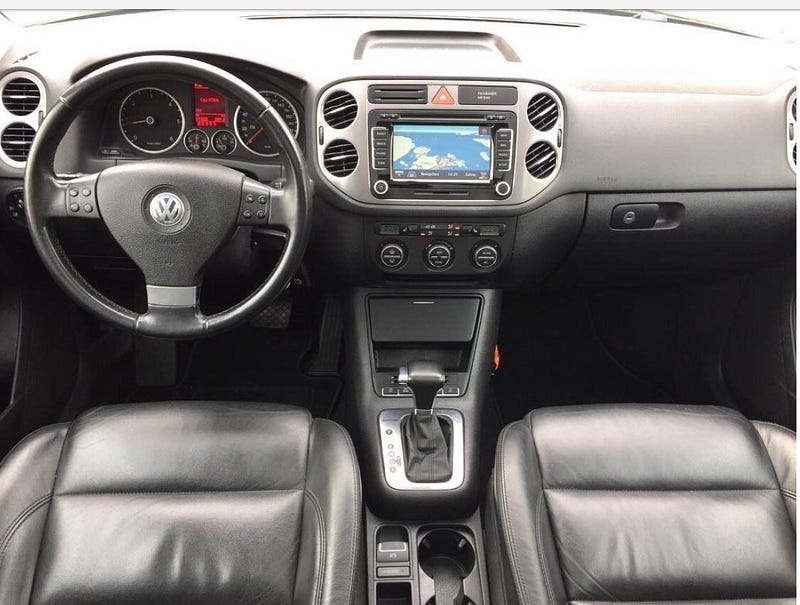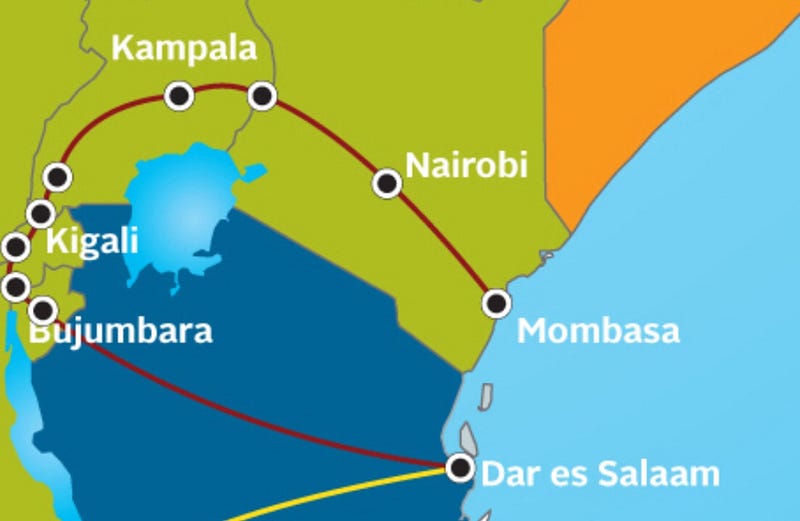
By David Himbara
Johann M. from Kigali gave me a tough assignment. He requested that I try to make sense of the Volkswagen story in Rwanda. Johann M. said that I should go deeper than my previous articles on the subject. He asked me to try and address four questions as follows:
- Firstly, will Volkswagen really assemble Polo Vivo, Passat, and Teramont in Rwanda as they claimed?
- Secondly, how much do these cars cost in other countries — can Rwandans afford them?
- Thirdly, are Volkswagen cars for Rwanda left hand or right-hand drive?
- Fourthly, who are Volkswagen’s Rwandan partners?
Firstly, will Volkswagen really assemble Polo Vivo, Passat, and Teramont in Rwanda as they claimed?
Johann M., the Volkswagen adventure in Rwanda has come in bits and pieces. The intent was announced in 2016. We are in 2018 — and even then, the launch of the project was changed from May to June. But we can use the bits of information to answer the above four question. Begin with the assembling of the Vivo, Passat, and Teramont in Rwanda. I became suspicious when Volkswagen announced that its investment in Rwanda is US$20 Million.
Volkswagen spent US$489 Million to build its Uitenhage Polo plant in South Africa in 2015.
To give you a rough idea of how tiny US$20 Million is relative to a full-fledged modern assembly plant, Volkswagen spent US$489 Million to modernize its Uitenhage Polo plant in South Africa in 2015. This is a massive factory that produces 120,000 cars annually.
A much smaller Volkswagen assembly plant was built in Kenya in 2016.
The more basic and manual assembly factory at Thikha outside Nairobi, Kenya.
The amount of money Volkswagen put into the Kenyan assembly plant was not disclosed. However, as can be seen in the video, the Kenyan assembly plant is very modest.
So, Johann M., basically anything can be called “an assembly line” — meaning that even when a few parts are added to a semi-finished vehicle, the process qualifies for the term ”assembly line”. The assembly lines in South Africa and Kenya show the vast difference. The Rwanda one will no doubt even more basic.
Secondly, how much do these cars cost in other countries — are they affordable in Rwanda?

Volkswagen Polo Vivo is priced in Kenya at US$16,500. A Passat costs between US$30,000 to US$40,000 in North America. The price of Teramont known as Atlas in North America ranges between US$30,750 — US$48,740. It is hard to imagine a large number of Rwandans affording a US$16,500 Polo Vivo. As for Passat and Teramont, even the small Rwandan elite may struggle buying these German machines. Per capita income in Rwanda is US$702.
Thirdly, are Volkswagen cars for Rwanda left hand or right-hand drive?
Dear Johann M, this is an excellent question. If the made-in-Rwanda Volkswagen Vivo, Passat, and Teramont are aimed for the Rwandan market, then the vehicles would be for a Right Hand Traffic (RHT) country.

If the made-in Rwanda Volkswagen cars are aimed for the much bigger export market of Uganda, Tanzania, and Kenya, I would assume that the cars have to be made for Left Hand Traffic (LHT).

The left and right hand drive poses a serious challenge for Rwanda. The larger four East Africa Community (EAC) countries, namely, Tanzania, Kenya, Uganda, and South Sudan, drive on the left-hand side of the road. Their combined population is 164 million versus Rwanda’s 12 million. The lifeline for landlocked Rwanda is also Tanzania and Kenya — their seaports are a gateway to world markets.

These issues, therefore, raise the old debate of driving on the left or right in Rwanda. Harmonisation of driving laws of Rwanda with the surrounding larger East Africa Community countries would seem a logical option. These countries drive on the left-hand side of the road. Rwanda’s switch would lead to improved links between its strategic trading partners. This is another pain from colonial history that still divides African countries into complicated entities.
Fourthly, who are Volkswagen’s Rwandan partners?

So far there has been no indication of any local partners. This is Volkswagen project. It sounds more like a taxi scheme. Volkswagen will own all the cars and hire drivers for what the company calls “Mobility Solutions Rwanda”. This is the heart of the US$20 million operation. The project will include drivers who will operate 300 vehicles for the public sharing and ride-hailing services. Volkswagen reckons that it will profit from the fact that most Rwandans cannot afford their own cars. Further, unlike in Kenya, Uganda, and Tanzania, global ride-sharing companies such as Uber have yet to reach Rwanda.
Lastly, the local CEO of the VW project in Rwanda is Michaella Rugwizangoga. She previously run an innovation accelerator with Imbuto Foundation — this is Madam Jeannette Kagame Nyiramongi’s NGO.





























































